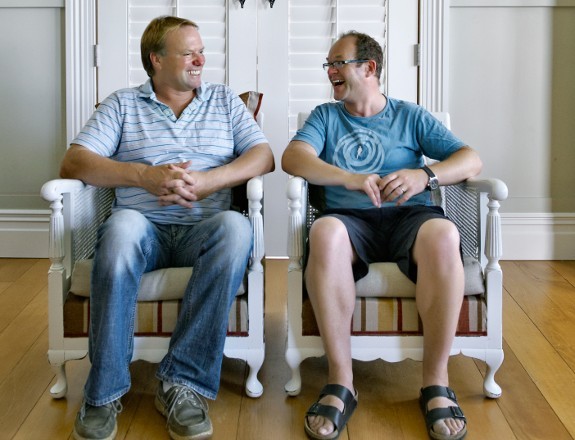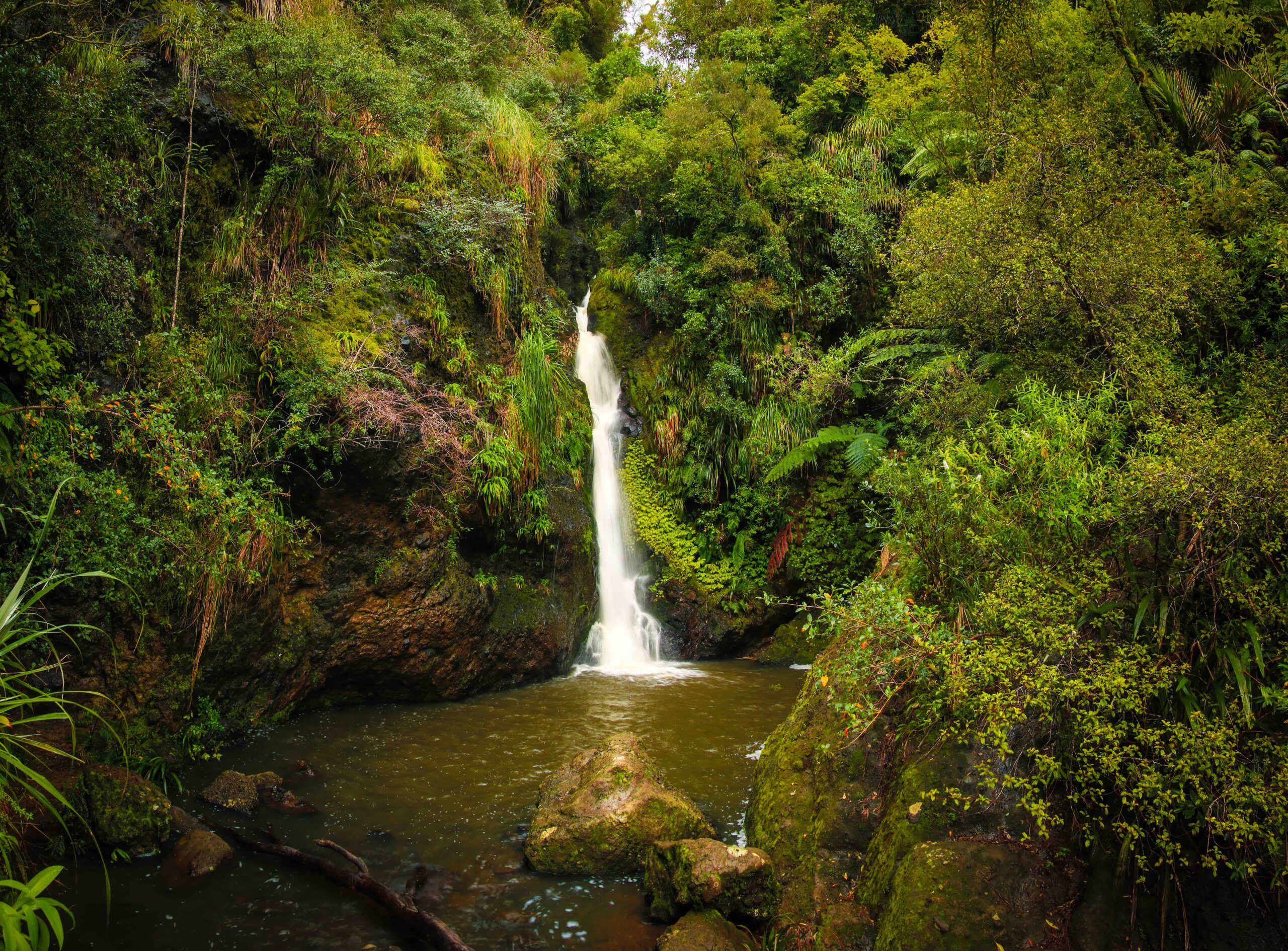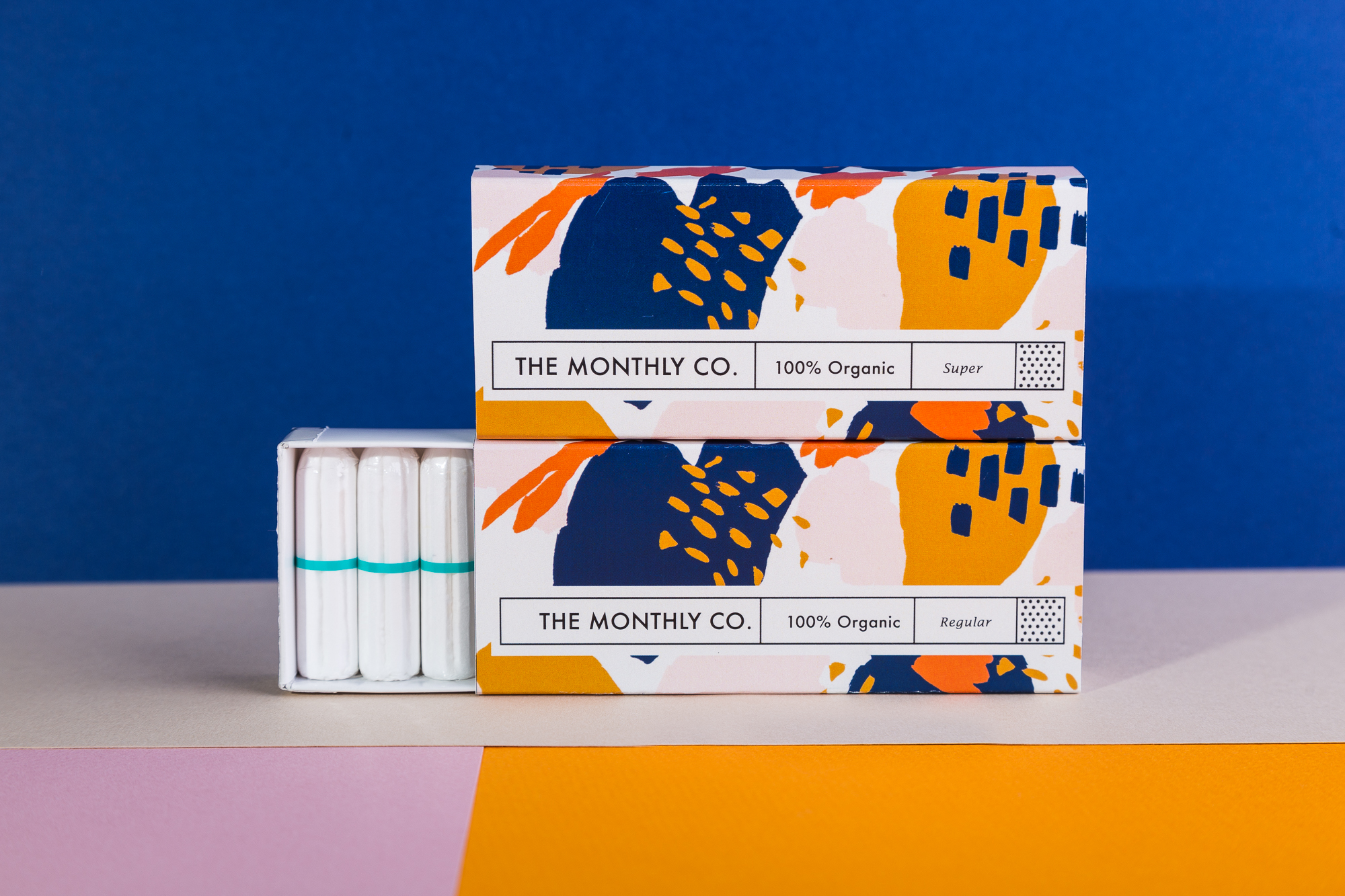Richard Owen and Lloyd Jerome
Richard Owen + Lloyd Jerome
Photo: Charlie Smith
Calming wafts from aromatherapy candles trail out the door of West Coast Dental in Kaitaia. Inside, the shabby-chic interior suggests this is no ordinary dental surgery. But then job-sharers Richard Owen and Lloyd Jerome aren’t everyday dentists. They’re both 40-something British expats who have put their lifestyles ahead of making mega-bucks filling teeth.
Keen to start afresh after a break from full-time dentistry, the pair opted for Kaitaia rather than their nearest town, Kerikeri, where they had worked together three years ago.
Lloyd, twice-voted runner-up UK Dentist of the Year, sold his boutique practice in Glasgow and moved to New Zealand five years ago. He left behind his A-list film star and politician clients to live on an Ohaeawai farm with his wife, Laura, and three dogs. He and Laura grow all their own vegetables and he can fish or dive on his days off.
Richard, meanwhile, took a three-year sabbatical from teeth to plant a vineyard, sail with his wife, Vanessa, and four children around the Med and try his hand at trading on the stock exchange.
Now they’ve found a niche where dentists are as rare as hen’s teeth: Kaitaia has one of the lowest dentist to population ratios in the country. “It was the logical choice,” says Richard, “Kerikeri has six practices with nine dentists—a ratio of one dentist to every 2,000 people. You’re literally fighting for your patients. Here it’s three dentists to 26,000.”
But both men were down in the mouth about the thought of returning to a sterile high-tech environment, so they opted for the opposite. Rather than the usual white walls and black leather, their surgery is furnished with casual beach chairs, plants and driftwood. Friends and family helped sand floors, which are aged with lime, and the walls are painted in soothing Karen Walker blues and greens.

Photos: Laura Jerome
The stylish surgery has across-the-board appeal. “We’ve had kids come in who’ve had a tooth knocked out after a street fight and say it’s cool,” says Vanessa. Lloyd’s especially happy as one of his specialties is treating phobic patients.
It’s not just the decor that’s getting patients back to the dentist. People who drop in for a chat are given cupcakes, and anyone who has an extraction goes home with a jar of home-made marmalade. “After a while, people would drop in and ask, ‘Is this the dentist where you get the marmalade?’” says Vanessa.
Research shows that people remember only about 20 percent of what the dentist tells them, so now there’s an old rolled-arm sofa in the x-ray room to accommodate the patient’s family, in hopes that a non-sedated relative will take note of the professional advice.
Both dentists admit they have to grit their teeth at times. “Every child in New Zealand should be leaving school with perfect teeth,” says Richard, “especially when there’s free dental care to age 18. We’re seeing young women in their early twenties looking at dentures. It’s a chronic situation.” A hygienist now works one day a week to encourage preventive care—and allow the two dentists to take Wednesdays off.
Dentists have one of the highest suicide rates of all professions, which helps explain why Richard and Lloyd would rather see eight to ten patients a day in Kaitaia than 30 to 40 patients a day under the UK National Health Service. As they say, no one enjoys going to the dentist and no one enjoys paying, especially when there’s no government subsidy, as there is for doctors’ visits.
“When people go to the dentist, it’s rare for them to look forward to their appointment,” says Lloyd, “so we know we’re getting good feedback when people return for further treatment and recommend us to their friends.”
This funky dental surgery, with its diverse cross section of patients, is going down a treat in the Far North. Many patients leave with a jar of marmalade or the plum jam Lloyd made over summer, and a smile on their face—even if it is half-numb.
Lyn Barnes





